Kibber Wildlife Sanctuary Is A Delight In The Himalayan Heights To Explore In 2025
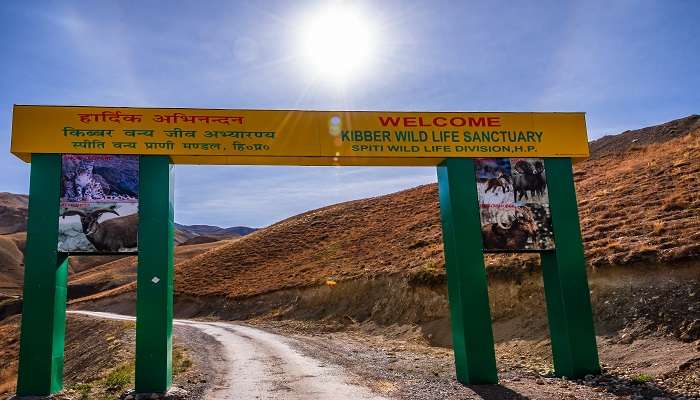
Kibber Wildlife Sanctuary is India’s only freezing desert, located 14,200 feet above sea level. This enchanting town is located in the Spiti Valley, which translates as “the middle ground” since it links Tibet and India. Every year, the sanctuary encloses the lush areas surrounding the banks of the Spiti River in Himachal Pradesh, attracting unique and unusual animals. This breathtaking location is famous for its snow leopard excursions, which are a once-in-a-lifetime opportunity. Several picturesque settlements, monasteries, and snow-capped mountains dot the freezing desert. An expedition to these chilly countries will undoubtedly provide you with views of some rare mountain creatures, beautiful landscapes, and a plethora of other activities.
History Of Kibber Wildlife Sanctuary
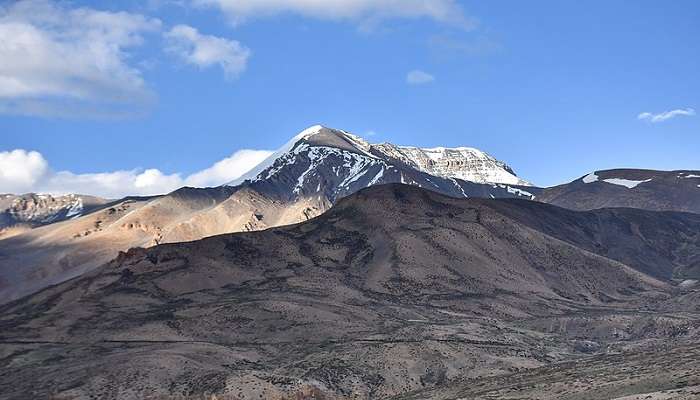
Kibber village is located high in the Spiti Valley of the Himalayas in Northern India. The settlement lies 20 km from Kaza, and during the summer months, bus service is available between the two. Spiti and Lahaul were administered by the British administration as part of the Kangra Empire in 1847. By 1960, the two territories had been separated into independent districts, with Kaza serving as the subdivisional headquarters. The Kibber Wildlife Sanctuary was founded in 1992. It covers a large 2,220 square kilometres of land and rises up to 6,700 metres above sea level. The region is covered with sparse vegetation and medicinal plants, with at least 8 endangered species documented. The ‘amchis’, or Tibetan medical practitioners, play an important role in the research of native flora and their distribution for indigenous usage. Under the ever-changing skies and rulers, the local peasants are faithful and tenacious in their Tibetan culture and customs, practising the religion known as ‘Tibetan Buddhism’.
Must Read: Spiti Valley In June
Flora Of Kibber Wildlife Sanctuary
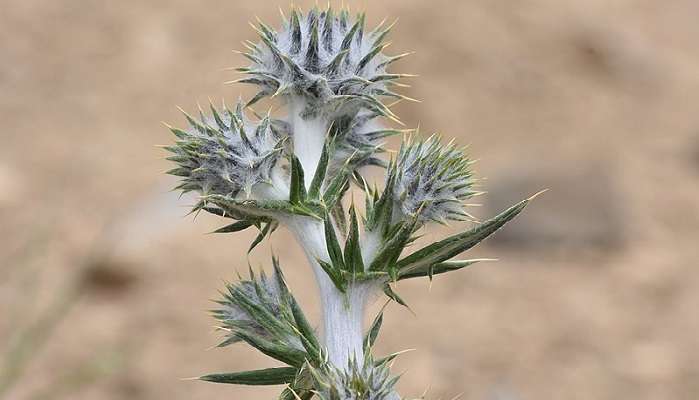
This snow-covered paradise features an abundance of vegetation and animals. The scarce yet stunning vegetation scattered over the terrain creates a distinct ambience against the white backdrop. According to the most recent estimate, the region has almost ten thousand different plant and tree species. In addition, a variety of wild colourful flowers and up to 50 types of medicinal herbs and plants thrive in Kibber. The elevation snowy desert is also densely covered with grass species. Rosa sericea, Hipopheae, and Lonicera, among many other shrubs and grasses, add to the sanctuary’s attractiveness. The coarse vegetation is further separated into two zones: dry temperate and Alpine. The former consists of green feed, firewood, and timbre, whilst the latter is plentiful in plants such as Junipers and Rhododendrons in the form of small bushes. Ephedra, Rheum, Rosularia, and Rhodiola thrive valiantly in areas of bare earth. Grasses such as Chara and Agropyron provide nutritious food for the local herbivore population.
Fauna Of Kibber Wildlife Sanctuary
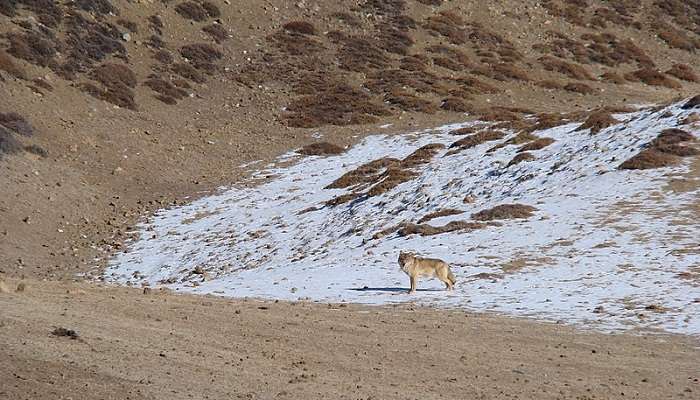
The fauna of this region, like the difficult flora, is peculiar to its terrain. This chilly desert’s environments support a diverse range of rare and endangered species. Trekking in the Kibber Wildlife Sanctuary is the only way to experience the sanctuary’s difficult terrain, breathtaking views, and unique species. For starters, Kibber’s snowy peaks conceal the elusive snow leopard, India’s gem of wildlife. Furthermore, the unusual Siberian Ibex, Red Fox, rare Pika, Himalayan Wolf, weasels, and Tibetan wild ass may be found here. Yak is another widespread animal, often employed as a porter on treks in this region. The high-altitude birdlife is also distinct and thrilling; avifauna such as Himalayan snowcock, Himalayan billed chough, bearded eagle, and griffons may be observed soaring high in the sky. Overall, the icy landscape, fascinating wildlife, and majestic peaks of Chau-Chau Khanamo and Chau-chau Khang Nilda dominate the journey to this heaven on Earth.
Suggested Read: Homestay In Naggar
How To Reach
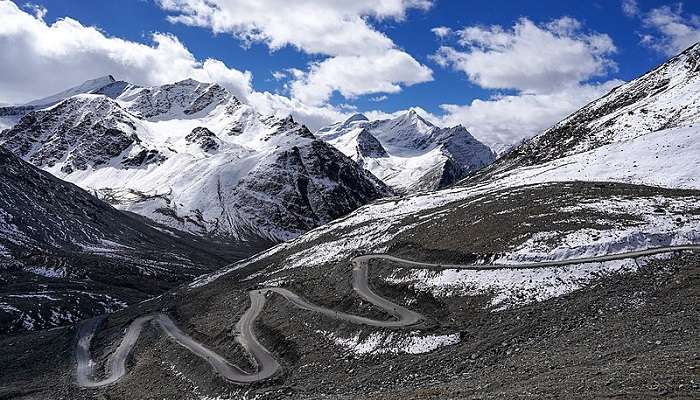
Despite the difficult terrain and great elevation, local and statewide initiatives have resulted in pleasant ways for Kibber. Chandigarh Airport is the closest international and local airport. It offers excellent connections to all major cities. Another neighbouring airport is Kullu. However, it is less well-connected to the rest of India than Chandigarh. The nearest railhead is Chandigarh Railway Station, which is suggested for transit to Kibber and is widely used by visitors. You may go from Chandigarh to Kibber by taking local buses, renting a car, or driving yourself. The distance between the two locations is 485 km. Once in Chandigarh, you may go by road to Kaza, which is only 20 km from Kibber Wildlife Sanctuary. Kaza is the nearest town to Kibber and is accessible by road to Chandigarh, Shimla, and Manali. Tourists can use a private cab or a public bus to complete this route. You should use a private cab for this trip since it will help you acclimate to the high altitude pressure. A permission is required to drive from Manali to Rohtang Pass. Once at Kibber, you may explore the surroundings as you approach the Wildlife Sanctuary by road. Kibber Wildlife Sanctuary is accessible via roads from Kibber, Lhalung, and Langza.
Things To Enjoy Near Kibber Wildlife Sanctuary
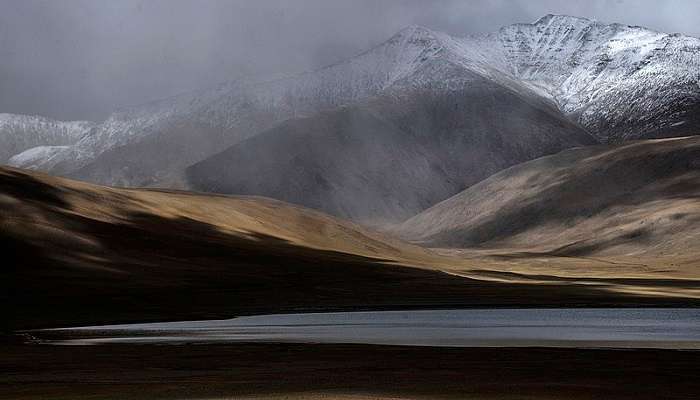
The Spiti Valley is rich with sights and nature that are worth exploring. Trekking is the primary mode of exploration on this expedition. Typically, 8-10 days of trekking expeditions are scheduled to explore the reserve and chase down the elusive snow leopard, Himalayan Wolf, and other wildlife. Big automobiles like Scorpio bring adventurers to a spot where the genuine mountain hiking experience awaits. Identified routes such as Pin-Bhaba and Pin-Parvati are famous with hikers. Still, travellers may occasionally trek from village to hamlet to properly appreciate the wonders of this frigid desert.
Yak safaris are popular among individuals who wish to view the scenery but are too exhausted to hike. Spiti and Pin Valley also have several magnificent rivers. These rushing streams are ideal for rafting while enjoying the chilly weather and lovely scenery. Kibber is particularly well-known for its hiking trails to picturesque locations such as Tso Moriri Lake and Tso Kar Lake. There are a ton of neighbouring flora, fauna, monasteries, handicrafts, lakes and more to explore while on the tour to Kibber Wildlife Sanctuary. This beautiful, distinct desert promises an unparalleled snow leopard expedition.
Further Read: Sadhupul In Himachal
Kibber, also Kyibar, is a village high in the Spiti Valley in the Himalayas at 4270 metres or 14,200 ft in Himachal Pradesh in northern India. It contains a monastery and the Kibber Wildlife Sanctuary. Kibber lies in a narrow valley on the summit of a limestone rock. It is located 16 kilometres from Kaza, and a bus service connects them in the milder summer months. Agriculture forms the backbone of the local economy, and lush green fields are abundant. Visiting Kibber Wildlife Sanctuary is an amazing experience that deepens the journey across the Himalayas’ beautiful sceneries So what are you waiting for, plan your trip to Spiti with Travel Triangle today!
For our editorial codes of conduct and copyright disclaimer, please click here.
Cover Image Credit: John Hill for Wikimedia Common
Frequently Asked Questions About Kibber Wildlife Sanctuary
Where is Kibber Wildlife Sanctuary located?
Kibber Wildlife Sanctuary is located in the Spiti Valley of Himachal Pradesh, India. It's situated at an altitude of about 4,200 meters above sea level. The sanctuary is near the village of Kibber, which is one of the highest inhabited villages in the world.
What is the best time to visit Kibber Wildlife Sanctuary?
The best time to visit is from May to October. During these months, the weather is milder and the roads are generally accessible. Winter visits (November to April) are challenging due to extreme cold and heavy snowfall.
What wildlife can be seen in Kibber Wildlife Sanctuary?
The sanctuary is home to rare high-altitude wildlife such as the snow leopard and Tibetan wolf. Other animals include Bharal (blue sheep), ibex, red fox, and various bird species. The elusive snow leopard is the main attraction, though sightings are rare and require patience.
Are there guided tours available in the sanctuary?
Yes, guided tours are available and recommended for exploring the sanctuary. Local guides are knowledgeable about the terrain and wildlife behaviour. Tours can be arranged through local travel agencies or the forest department.
What accommodation options are available near Kibber Wildlife Sanctuary?
Accommodation options are limited but include homestays in Kibber village. There are also a few guesthouses and basic hotels in nearby towns like Kaza. Camping is another option, but it requires proper equipment and permissions.
Is photography allowed in Kibber Wildlife Sanctuary?
Photography is generally allowed in the sanctuary for personal use. However, professional photography or filming may require special permits. Visitors should be respectful and avoid disturbing wildlife while taking photographs.
How can I reach Kibber Wildlife Sanctuary?
The nearest major town is Kaza, which is connected by road to other parts of Himachal Pradesh. From Kaza, Kibber is about 18 km away and can be reached by taxi or local bus. The journey involves travelling on high-altitude mountain roads, so acclimatization is important.
People Also Read:
National Parks In Odisha National Parks In Kashmir National Parks In Goa

Passionate Marketing Student with a flair for storytelling, eagerly embarking on a journey within the vibrant world of travel. Excited to merge analytical acumen with creative skills to elevate the editorial landscape of the travel industry.











